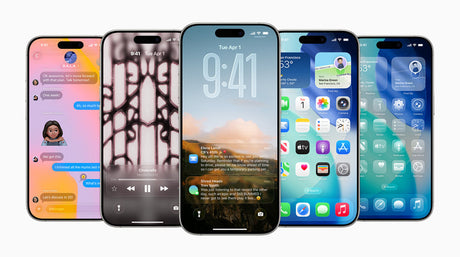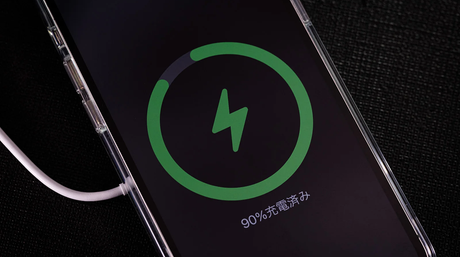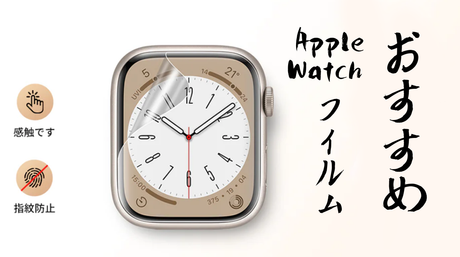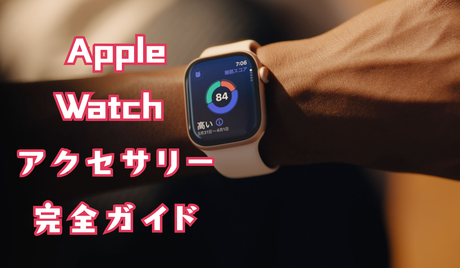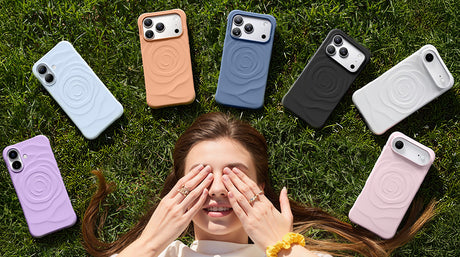Nintendo's new Switch OLED model was released in October. Nintendo's newly adopted OLED display not only produces vibrant colors, but also increases the screen size from 6.2 inches to 7 inches. The larger screen size is immediately noticeable when you pick it up, and it has been very well received.

However, apart from the discussion about OLED displays, Nintendo has also applied an anti-scattering adhesive film to its OLED displays. This anti-scattering adhesive film prevents glass from scattering if the display breaks. Nintendo has asked users to apply another film on top of this film if necessary to prevent it from being removed.
In his review of the Switch OLED, The Verge noted that Nintendo had pre-applied a shatterproof adhesive film, and that he hadn't noticed any issues while using the Switch. Therefore, he recommended that users leave the original film on to protect the display.

Also, in 2019, Samsung released the Galaxy S10 series. At that time, Samsung also asked customers to leave the original film on the device. Like Nintendo this year, Samsung said the film on the device protects the display.
Some of you may be wondering, "So, is it best to leave the original film on the electronic device as it is?"

Both of the aforementioned films are said to have been created for special purposes. However, the film we often see on the outside of products is not there to protect the display. It serves to prevent minor objects inside the packaging from damaging the display during shipping. Therefore, unless otherwise specified, it is okay to remove this film.
So, do you need film?
The day before, gsmarena conducted a survey asking whether people use cases or screen protectors for their phones. The results showed that the majority of people use glass screen protectors. 13.79% keep the original screen protector.

What about in Japan? I'm sure there are many people who buy a glass screen protector along with their device. The screen protectors currently available on the market can be roughly divided into the following categories: glass screen protectors, paper-like screen protectors, and privacy screen protectors.
- Glass film
As the name suggests, this film is made from glass. Through a tempering process, the strength of the glass is increased by four times, and even if the glass breaks, it breaks into granular pieces without sharp edges, allowing you to safely pick it up with your hands. Tempering also extends the glass's operating temperature range. Furthermore, since the glass film is made from the same material as the display, it feels nice to the touch.

There are three points to consider when choosing a glass film.
The first is transmittance. The higher the transmittance, the less impact it has on the display. Currently, the transmittance of commercially available glass films generally reaches 90%. However, NIMASO's glass film has a transmittance of over 95%, bringing out the gloss and beauty of the display.
The second is strength. The most common rating is 9H. This is an index used to measure the strength of paint, coatings, and coatings using a pencil. Specifically, it means that the surface will not be scratched even if you rub it with a 9H pencil, and the painted film or coating will not be scratched. Glass films labeled 9H are highly resistant to scratches that occur in everyday life.
Additionally, because it's made of glass, it's extremely difficult to make it ultra-thin. This adds to the price. Nimaso's glass film is only 0.3 mm thick. You'll be able to feel its thinness when you hold it in your hands.

- Paper-like film
This film has become extremely popular in recent years. It is made from PET material. It is a special film that has the characteristic of "creating a paper-like texture."
Thanks to its unique surface design, the iPad screen feels like paper, making it popular with many designers and illustrators.
The sheet is rough like sandpaper, so it may be stressful if you use the touchscreen frequently. This film is perfect for people who love drawing with the Apple Pencil.

- Anti-peeping film
Anti-spy film is very similar to paper-like film. It is made by putting tiny pearls like shutters into the surface of a PET material. When the shutter is up, light from the front is visible. All light coming from directions that are too high or too low is blocked. This mechanism prevents people from looking at the screen. Many ATM displays also use this technique.
Nimaso also offers a glass film with anti-peeping function. If you are interested, please check it out.

Is glass film a good business?
There's a constant debate between those who stick a screen protector on the screen and those who don't. Those who stick a screen protector on the screen argue that sticking a screen protector on the screen affects the user experience. Those who stick a screen protector on the screen argue that not using a screen protector on the screen will not protect the display. Both are reasonable arguments. But what if we think of sticking a screen protector on the screen as a "medicine of regret" that we give ourselves?
If you scratch or crack one of the films, it's affordable and you can always replace it. If you scratch the display or it cracks after a drop, it's a pain in the wallet, but you'll probably want to put a film on in the first place.
Display protection is born with the display. If the display is there, the display protection will not disappear.





